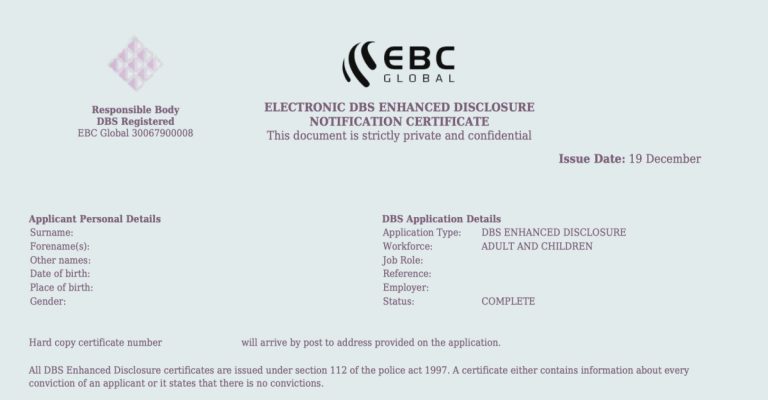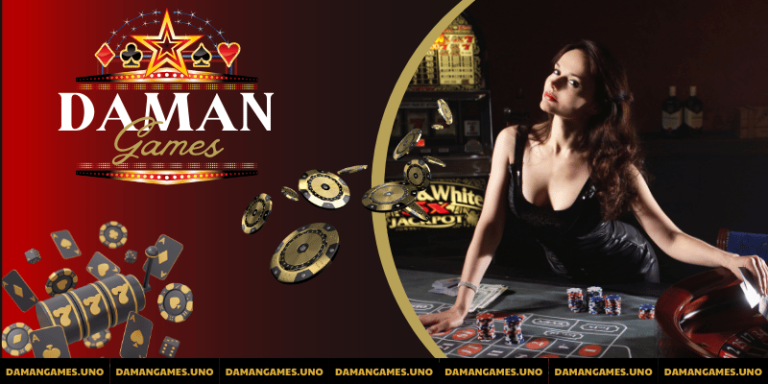Are Color Prediction Games Enhancing or Diminishing Focus?
Color prediction games are designed to test quick thinking and pattern recognition, making them highly engaging for players who enjoy interactive challenges. These games rely on anticipation, reaction speed, and decision-making, elements that may influence a player’s focus. While they provide cognitive stimulation, their impact on concentration depends on various factors, including gameplay duration, user habits, and psychological effects. Whether these games enhance or diminish focus largely depends on the context in which they are played and how individuals engage with them.
The Potential for Enhancing Focus
One of the primary benefits of color prediction games is their ability to strengthen cognitive agility. Players must analyze sequences, anticipate outcomes, and respond within seconds. This repeated exposure to fast-paced decision-making reinforces concentration, helping individuals process information more effectively. The requirement to maintain attention throughout each round ensures that players stay engaged, sharpening their focus and responsiveness.
These games also promote situational awareness. Many versions include countdown timers, requiring players to make split-second choices. This time-sensitive nature forces individuals to filter distractions and focus entirely on the game, enhancing their ability to sustain concentration in high-pressure situations. People who regularly engage in prediction-based games may find it easier to stay focused when completing tasks that require quick decision-making in real life.
Pattern recognition further contributes to improved concentration. The brain naturally seeks order, and color prediction games encourage players to identify trends within sequences. While randomness is often present, the act of analyzing outcomes strengthens cognitive pathways related to attention and learning. This skill extends beyond gaming, helping individuals recognize patterns in daily tasks, problem-solving, and decision-making.
The Risk of Diminishing Focus
Despite the benefits, excessive engagement with color prediction games may lead to diminished focus over time. Since these games rely on quick interactions, they condition players to seek rapid gratification, potentially affecting their ability to sustain attention on slower, more complex tasks. Individuals who become accustomed to immediate feedback may struggle with prolonged activities that require deep focus, such as studying, reading, or professional work.
The repetitive nature of some prediction games can also create a cycle of impulsive decision-making. Players may begin responding instinctively without fully engaging in analytical thought, reducing the depth of concentration. Over time, this behavior can translate into difficulty maintaining focus in environments where patience and careful evaluation are required.
Another factor that may contribute to diminished focus is overstimulation. Some color prediction games incorporate bright visuals, constant animations, and sound effects that engage players but also create sensory overload. Excessive exposure to high-stimulus environments can make it harder for the brain to transition to calmer, more focused states, affecting concentration outside of gameplay. Individuals who frequently play high-intensity games may find it challenging to focus on tasks that require minimal stimulation.
Finding a Balance Between Engagement and Focus
Moderation plays a key role in determining whether color prediction games enhance or diminish focus. When played in short sessions, they can serve as cognitive exercises that refine reaction speed and attention control. However, excessive engagement may lead to impulsivity and reduced concentration on more complex tasks.
Setting limits on gameplay duration ensures that individuals do not become overly reliant on rapid interactions for mental stimulation. Incorporating focus-based activities such as reading, meditation, or problem-solving exercises alongside gaming helps maintain a balanced cognitive approach. Diversifying engagement methods ensures that attention remains adaptable rather than conditioned to fast-paced environments alone.
Understanding personal gaming habits also influences focus retention. Players who engage in color prediction games purely for entertainment may experience different cognitive effects compared to those who treat them as concentration exercises. Tracking gameplay patterns and observing their impact on everyday focus can help individuals assess whether these games serve as beneficial mental challenges or distractions.
Conclusion
Color prediction games at daman colour prediction app can either enhance or diminish focus depending on how they are played and the habits surrounding them. Their ability to sharpen reaction speed, situational awareness, and pattern recognition makes them valuable tools for cognitive stimulation. However, excessive engagement may lead to impulsivity, overstimulation, and reduced patience for complex tasks. Finding a balance between gaming and other focus-based activities ensures that concentration remains strong across different environments. Whether these games improve or impair focus is ultimately determined by individual engagement patterns and responsible gaming habits.



